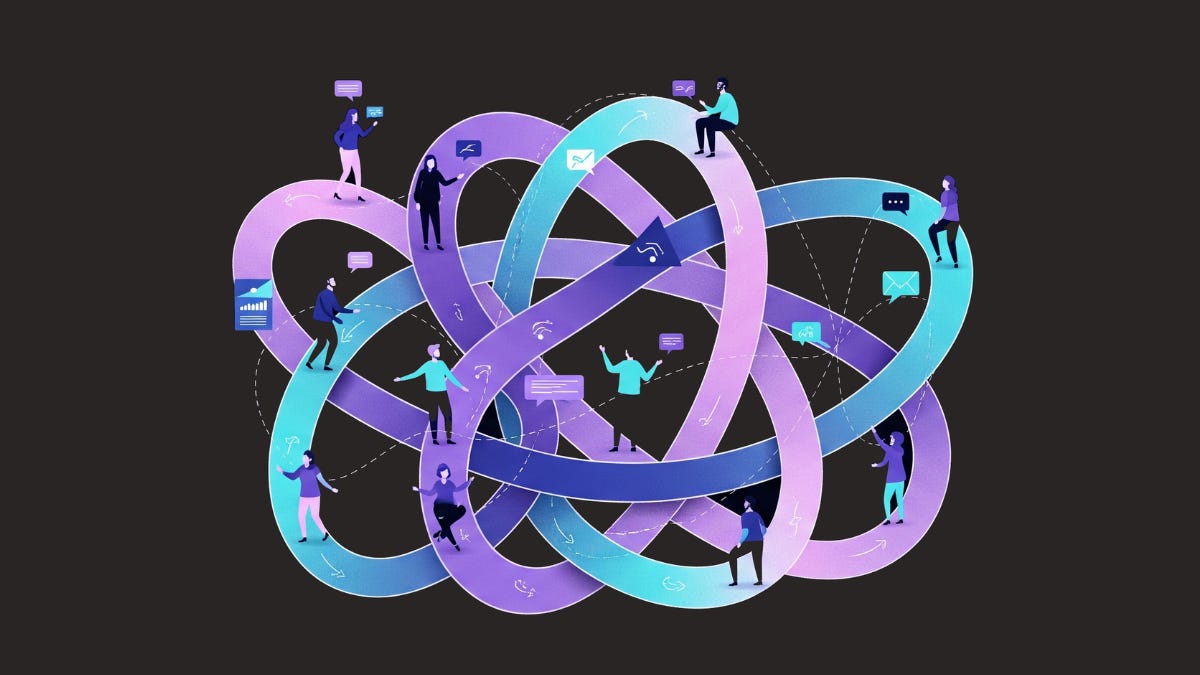The Large Language Model For Business.
Exploring why the real talent shortage isn’t in people — but in how we grow, unlearn, and connect across disciplines.
“Talent is scarce”.
“There’s a lack of local talent”.
“All firms are chasing the same people”.
I have heard these lines in countless meetings with business leaders and recruiters. They may hold some truth — but maybe we are not short on talent. Maybe we are short on ways to grow it.
Let me offer my perspective.
First off, it is not only about technology. I will get to that in a later post. I am of the view talent is earned and learned, not inherited. It has no fixed shape until you see it. Tiny bits of learning, repeated daily, compound into something meaningful. A new skill, a new competence, a new talent. Guess what: it may not even be what you intended to develop in the first place. But it is there, and it matters.
When those micro-learnings add up, they spark collective transformation. But here is the catch: business demands immediate results. In the everything-now era, who has time to nurture future talent? That is why most learning cultures never take root. The grind gets traded for the immediate. Performance. Numbers. Sell now, learn later.
It does not have to be that way.
Let’s break the code: the word performance does not originally mean quick wins. It comes from the Latin perficere — to carry out or accomplish fully. True performance is about deliberate follow-through, not just immediate outcomes.
Yes, businesses need both: results now and readiness for what’s next. How to reconcile both legitimate aspirations?
Learn, unlearn, relearn
We need to (re)activate two learning muscles:
The ability to unlearn.
The ability to learn the only language that matters.
Look at the first one: unlearning is not new. Alvin Toffler wrote in Future Shock:
“The illiterate of the 21st century are not those who cannot read and write, but those who cannot learn, unlearn, and relearn”.
As the velocity and complexity of business cycles intensify, the ability to reset and move your mind on is an invaluable strength: you remain adaptable at all times.
Now to the second. The only language that matters runs on our own GPUs — our senses, our emotions, and yes, our empathy.
To keep things fancy for a social media post, I call it the Large Language Model for Business. It’s not trained on terabytes of text — it’s built on conversations.
It’s the marketer who can frame campaign ROI in terms Finance understands. It’s the engineer who anticipates legal red flags before shipping. It’s not about mastering every domain — it’s about not defaulting to ‘not my department’.
This is what the product designer mentioned here attempts to do to rally the troops behind her idea. She may not win consensus, but she earns understanding. By shamelessly stepping into her discomfort zone, she connects.
Some people in your organisation already speak this language.
They are the ones who ask, “How will this land with Sales?”. They tailor their message depending on who is in the room. They do not just push their agenda — they mind the dependencies.
You can spot them. And better yet, you can grow more of them.
Because fluency across functions is no longer a luxury. It’s a leadership skill.
Who are the bridge builders in your team? Tag them, or, better yet, thank them.


